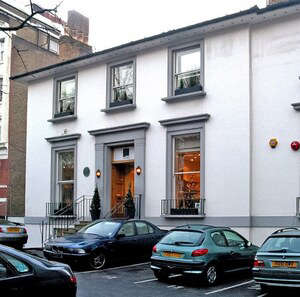
From The Beatles’ “Come Together” to Pink Floyd’s “Money,” Abbey Road Studios has shaped nearly a century of music history
When people think of Abbey Road, the first image is often the crosswalk made famous by The Beatles. But behind those studio doors in north London lies nearly a century of music history. Abbey Road Studios opened in 1931 as the world’s first purpose-built recording studio. At first, it was a place where orchestras, classical performers, and film soundtracks were recorded. The rooms were designed for big, sweeping sounds, and some of the earliest sessions captured everything from symphonies to early jazz bands.
Everything changed in the 1960s, when The Beatles walked in. They weren’t just making records there — they were rewriting the rules of studio recording. With producer George Martin, they turned Abbey Road into a laboratory for sound. Songs like “Come Together” from their Abbey Road album showed how inventive the space had become. Tape loops, new mic setups, and experimental mixing gave the music a character that was impossible to recreate live.
That spirit of pushing boundaries carried on long after The Beatles broke up. Pink Floyd recorded large parts of The Dark Side of the Moon at Abbey Road. The song “Money” is a perfect example — the band used tape loops of clinking coins and cash registers, building one of the most famous bass lines in rock. The clarity of Abbey Road’s Studio Two helped give the track its punch.
In the 1990s, Radiohead used the space for their groundbreaking album OK Computer. “Karma Police” came out of those sessions, mixing haunting piano with Thom Yorke’s soaring vocals. The studio’s acoustics gave the track a depth and atmosphere that matched its mood of unease and rebellion.
Abbey Road has also been a place where Britpop carved out its voice. Oasis recorded parts of their landmark album (What’s the Story) Morning Glory? there, including “Don’t Look Back in Anger.” With its soaring chorus and sing-along feel, the song carried echoes of The Beatles, a fitting nod given the band’s biggest influence was crafted in the same building.
But Abbey Road’s legacy goes beyond rock. Aretha Franklin recorded “I Say a Little Prayer” within its walls, bringing American soul into a studio best known for British acts. That recording showed Abbey Road wasn’t limited to one sound or one era — it was a global hub where different genres could thrive.
Today, the studios are still active, hosting everything from film scores like Star Wars and Harry Potter to modern pop and rock sessions. And of course, fans from around the world continue to make the pilgrimage, lining up at that crosswalk for their own Abbey Road photo.
Nearly a century on, Abbey Road Studios remains more than just a recording space. It’s a living museum of music, where the echoes of “Come Together,” “Money,” “Karma Police,” “Don’t Look Back in Anger,” and “I Say a Little Prayer” still seem to hang in the air.
Sources:
- Abbey Road Studios
- BBC Music
- Rolling Stone
- NME
- The Guardian
Image licensed under the Creative Commons Attribution-Share Alike 3.0 Unported license. Author: portum
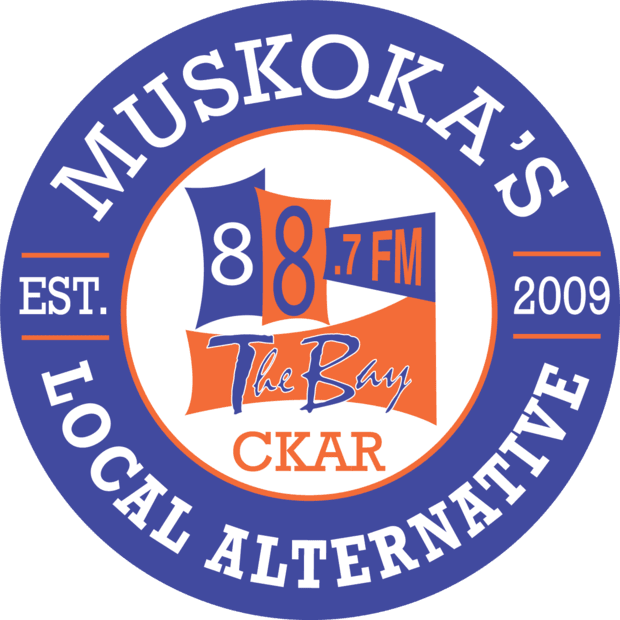
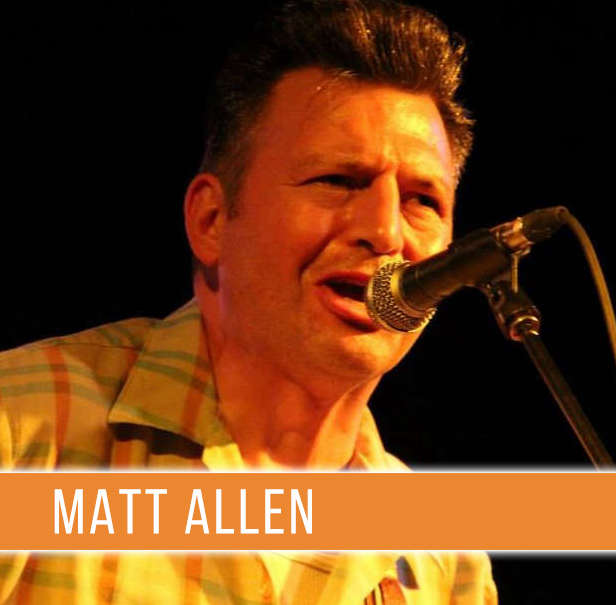

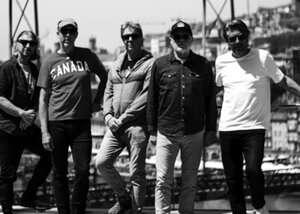 54-40 Announces New Album PORTO, Continuing 45 Years of Canadian Rock Legacy
54-40 Announces New Album PORTO, Continuing 45 Years of Canadian Rock Legacy
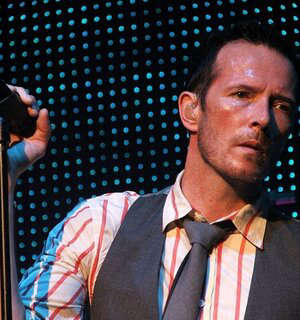 Scott Weiland: The Voice That Defined an Era of Rock
Scott Weiland: The Voice That Defined an Era of Rock
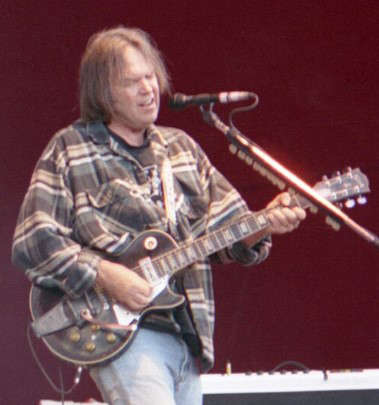 Neil Young’s Shadow Masterpiece: Tonight’s The Night at 50
Neil Young’s Shadow Masterpiece: Tonight’s The Night at 50
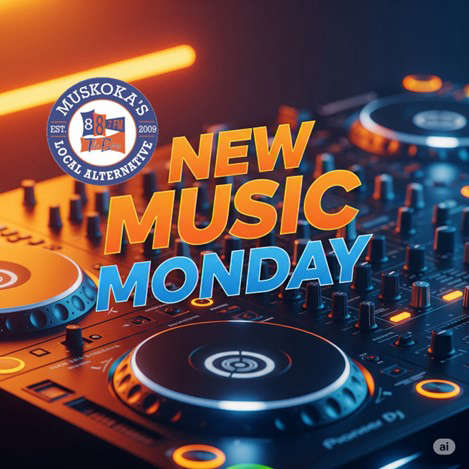 New Music Monday - 5 New Songs from the Countdown
New Music Monday - 5 New Songs from the Countdown
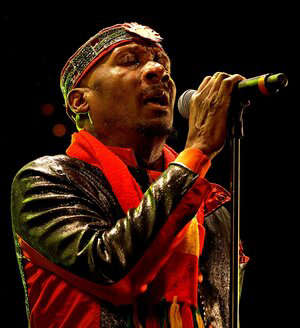 Jimmy Cliff: The Reggae Legend’s Journey From Jamaican Roots to Global Stardom
Jimmy Cliff: The Reggae Legend’s Journey From Jamaican Roots to Global Stardom


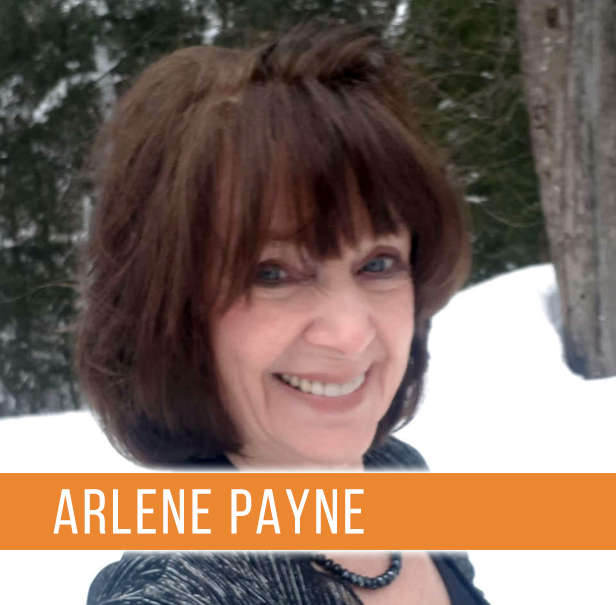
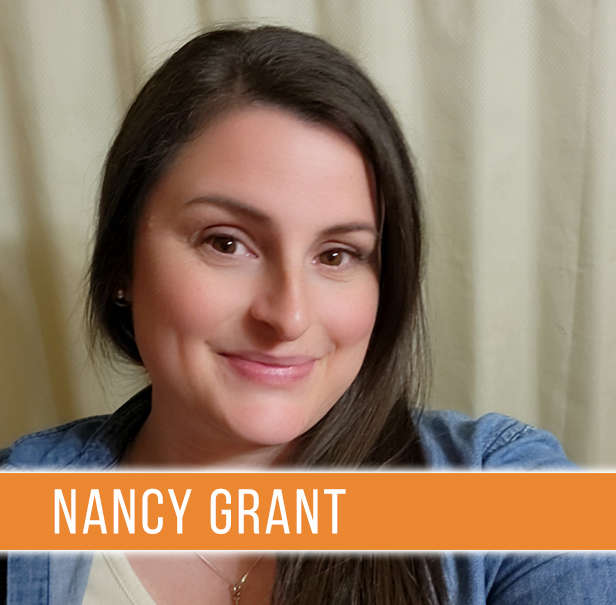
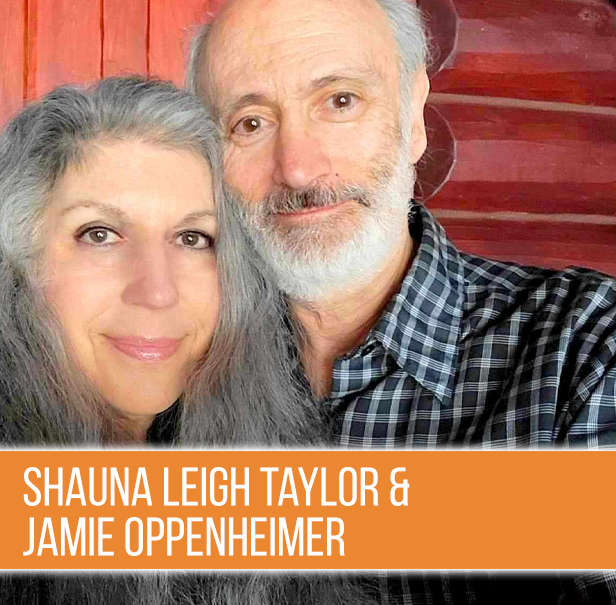
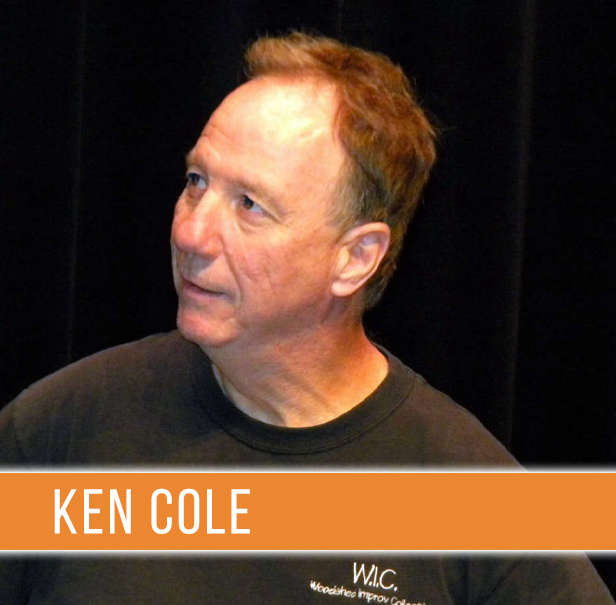




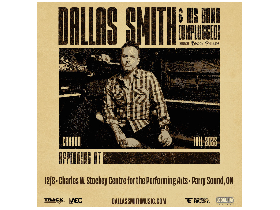

Comments
Add a comment